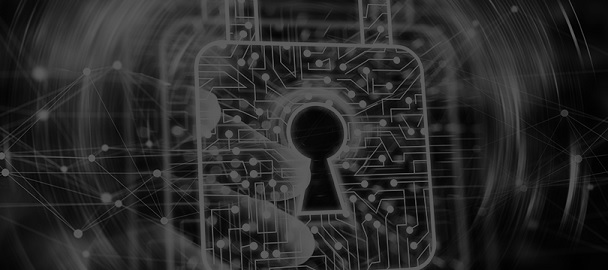To borrow a phrase from the British mathematician and entrepreneur, Clive Humby, "data is the new oil." It's what our economy runs on. Organizations use data to fuel their operations, make smart business decisions, improve customer relationships, and much more. Because so much value can be extracted from data its influence is generally positive, but it can also be detrimental to a business experiencing a serious disruption such as a cyberattack, insider threat, or storage platform-specific hack or bug.
If your organization was a victim of one of these scenarios and suddenly lacked access to data repositories, would operations screech to a halt?
Your data is basically a carbon copy of your company and if you don't have access to your business-critical data, you can't do business. If you are unfortunate enough to be attacked, you need a plan in place to restore your data quickly and to any target if you don't want to suffer costly downtime. During major disruptions, certain copies of your data may be unavailable for quite some time. But you can get your business-critical apps up and running quickly and keep an uninterrupted flow of business if you add an extra layer of protection for business-critical data — what's called a "golden copy."

Identifying Business-Critical Data
Organizations with petabytes of data may initially find it daunting to identify the datasets that are critical to keeping the business. Business-critical data will look different for every organization; generally, it's any data absolutely needed to continue running your business.
A widely used fitness tracker and watchmaker experienced a massive outage late last year, leaving users disconnected from their applications for days after suffering a ransomware attack. No one was able to access their user history from the application, leaving the organization unable to continue operations. The application data would be considered business-critical data in this scenario; it's exactly the type of data that needs to be protected and accessible.
Air Gapping and Traditional Disaster Recovery
Once an organization identifies its business-critical data, it can add an additional air-gap solution for an extra layer to their traditional business continuity plan. An air-gap solution — storing your data in a bunker site (whether on-premises or in the cloud) that is isolated from your network — provides an extra layer of security against both insider and external threats.
An air-gap solution puts a barrier between the golden copy of business-critical data and employees who may unintentionally (or in rare cases intentionally) do harm to it. Instead, control is shifted to a limited set of cyber-protection administrators, often under the auspices of the legal department or risk management department. In order to open the bunker site, it will require a specific set of protocols to be in place. Organizations can set the number of steps in the pipeline. The harder data is to access, the harder it is to attack it, and the more protected it is. Moving control of the golden copy to very strict procedures prevents any malicious insiders from attacking data.
An air-gap solution not only safely isolates a golden copy of your most important data, it also gives you an all-important copy of your company as well. The air gap gives organizations the security of knowing they are protected from attackers whether from within or outside of the company. It gives organizations the ability and flexibility to get back up and running as fast as possible.
In a data-driven economy, attacks on data have the ability to cripple business. Adding a golden copy of business-critical data gives organizations peace of mind, and the ability to stay afloat in the midst of a crisis.


